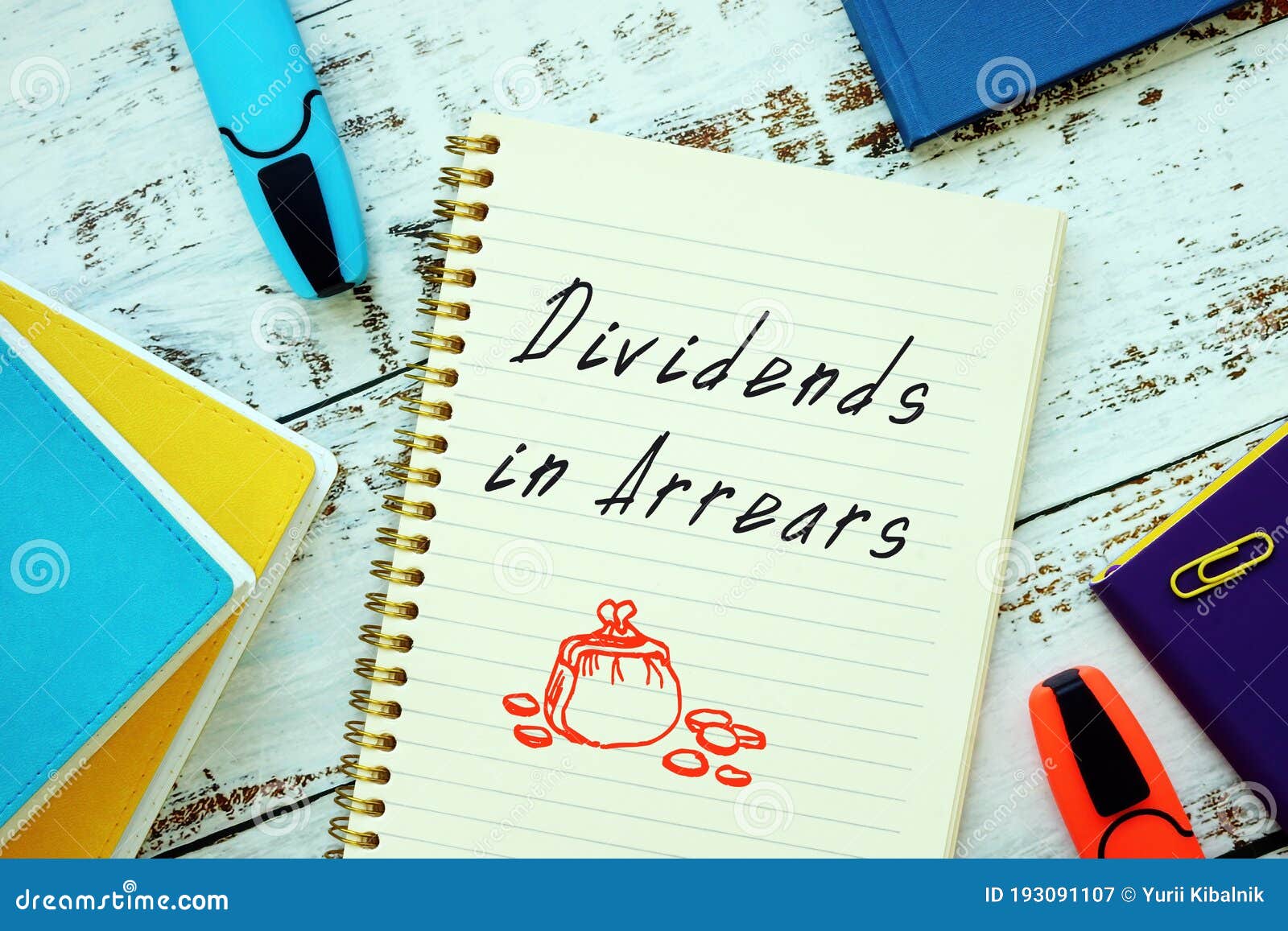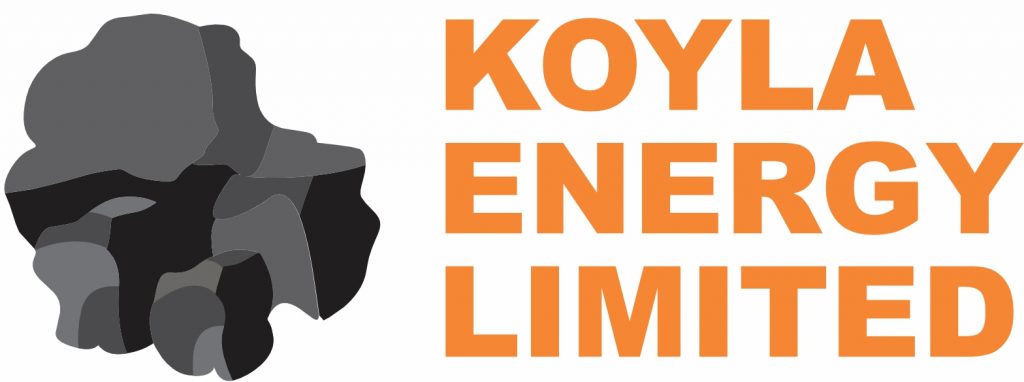
In year three, preferred stockholders must receive $205,000 ($130,000 in arrears and $75,000 for year three) before common shareholders receive anything. Since only $60,000 is declared, preferred stockholders receive it all and are still “owed” $145,000 at the end of year three. Preferred stockholders are paid a designated dollar amount per share before common stockholders receive any cash dividends. However, it is possible that the dividend declared is not enough to pay the entire amount per preferred share that is guaranteed—before common stockholders receive dividends. In that case, the amount declared is divided by the number of preferred shares. In year 5, preferred stockholders must receive $120,000 ($45,000 in arrears and $75,000 for year 5) before common shareholders receive anything.
Callable Shares
If the prospectus says the preferred stock is non-cumulative, there will be no dividends in arrears. In year four, preferred stockholders must receive $75,000 before common shareholders receive anything. Of the $175,000 is declared, preferred stockholders receive their $75,000 and the common stockholders get the remaining $100,000. Most, but not all, preferred stocks have a “cumulative” provision. This says that if any dividend payments have been skipped, they must be paid out to preferred shareholders before common shareholders are paid any current dividends.

Will I get interest on my dividends in arrears when they’re paid out?
- Company X Inc. has 3 million outstanding 5% preferred shares as of December 31st, 2016.
- Arrears refers to a debt or payment that is still outstanding after the payment due date has passed.
- If the situation ever improves, the board of directors will then authorize that a portion or all of these dividends be paid.
- Now it owes three years’ worth of dividends to its preferred shareholders before any can be given out to common shareholders.
- Plus, if the firm gets bankrupt any day, you will be given preference over equity shareholders.
- The annual amount of a dividend that is supposed to be paid is located in the prospectus that was produced by the issuer of preferred stock.
Noncumulative preferred stock does not have this feature, and all preferred dividends in arrears may be disregarded. Preferred dividends are issued based on the par value and dividend rate of the preferred stock. While preferred dividends are issued at a fixed rate how to calculate dividends in arrears based on their par value, this may be unfavorable in high inflation periods. This is because the fixed payment is based on a real rate of interest and is typically unadjusted for inflation. For example, let’s say an investor owns some cumulative preferred shares.
What is your current financial priority?
These companies pay their shareholders regularly, making them good sources of income. Like bonds, preferred shares appeal to a more conservative investor, or they comprise the conservative portion of an investor’s diverse portfolio. If you need help with non-cumulative dividends, you can post your question or concern on UpCounsel’s marketplace. Lawyers on UpCounsel come from law schools such as Harvard Law and Yale Law and average 14 years of legal experience. They have worked with or on behalf of companies such as Google, Menlo Ventures, and Airbnb.
Common Shares Vs. Preferred Shares
It also shows an obligation that needs settling before any profits can be shared with common shareholders. Next, let’s look at how companies handle paying out dividends when there are accumulated arrears. A drop in share value often follows because investors look for stable returns on their investments. They may view a company unable to pay dividends as risky and uncertain. This perception alone can hurt the stock price even further, making it harder for the business to raise new capital when needed.
How confident are you in your long term financial plan?
Cumulative preference share helps the company raise funds, and it is a financial instrument because it carries the nature of equity and debt. One benefit of preferred stock is that it typically pays higher dividend rates than common stock of the same company. A company declares all future preferred dividend obligations in advance, so it must allocate funds for that purpose where they accumulate in arrears. The preferred dividend coverage ratio is a measure of a company’s ability to pay the required amount that will be due to the owners of its preferred stock shares.
Yet sometimes these expected payments don’t arrive as planned due to a concept known as ‘dividends in arrears‘. This phenomenon points to unpaid dividends that accumulate over time – a situation with important implications for both company and investor. Cumulative preferred stock is one type of preferred stock; a preferred stock typically has a fixed dividend yield based on the par value of the stock.
Stock dividends are corporate earnings distributed to stockholders. They are distributions of retained earnings, which is accumulated profit. With a stock dividend, stockholders receive additional shares of stock instead of cash. Stock dividends transfer value from Retained Earnings to the Common Stock and Paid-in Capital in Excess of Par – Common Stock accounts, which increases total paid-in capital.
Of the $375,000 that is declared, they receive the $75,000 due to them in year six. If a company’s board of directors wants to pay common stockholders a dividend, they must pay the preferred stockholders first. Preferred dividends accumulate and must be reported in a company’s financial statement.
This dividend is paid out at set intervals, usually quarterly, to preferred holders. Bond proceeds are considered to be a liability, while preferred stock proceeds are counted as an asset. If a company cannot make its dividend payments, they don’t simply disappear. The expectation is that the company will resume making dividend payments when it’s able. In the case of non-cumulative preferred stocks, this feature of arrear payment is not available. Locate the prospectus for the preferred stock on the SEC’s EDGAR website.
In this case, cumulative refers to the fact that these dividends will accumulate until payment. The catch is that preferred stock generally doesn’t allow investors to participate in equity appreciation, and, if the company goes bankrupt, bond owners will be paid out first. Additionally, companies can halt preferred dividend payments if there isn’t sufficient cash flow to make the payment. This doesn’t happen often and usually can only be done after a vote by the board of directors. Assume that company ABC has five million ordinary shares and one million preferred shares outstanding. The company pays dividends to common shareholders every other year, while preferred shareholders are guaranteed a $3 dividend per share.
